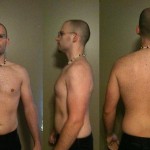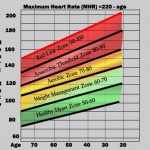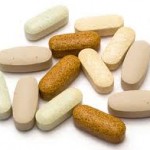Well this was by far and away the toughest competition to judge and I know we had to leave out some very worthy candidates.
This just confirms the necessity for the ‘open’ contest starting in January. We’re going to have our regular transformation contest but we’re also adding an ‘open’ contest that is judged on final look alone (not a transformation). The criteria for the open contest hasn’t been set yet but it will include AI ratio, conditioning (leanness) and muscle mass.
There will be 3 categories divided by age.
Junior (under 25 years of age)
Regular (25-49 years old)
Senior (50 +)
There will be a 1st, 2nd and 3rd place prize awarded for each division.
Also starting in Jan will be our 4th transformation contest. This time around previous transformation contest winners will be included on the judging panel for each new transformation contest.
As I said before this was incredible hard to judge and when you look through the pics keep in mind this was judged first and foremost on overall transformation.
You all did a great job and I’ll be contacting each of you via email to thank you for entering the contest. I suggest that most of you should enter the open contest as well!
On to the winners.
==================================================================================
1st Place Overall: Dan Richardson
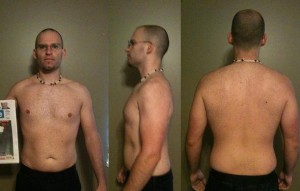
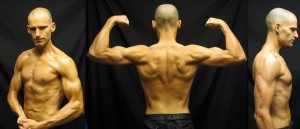
==================================================================================
2nd Place: Jason Gottlieb
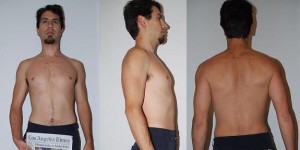
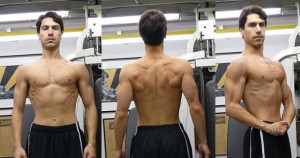
==================================================================================
3rd Place: Andrew Scott
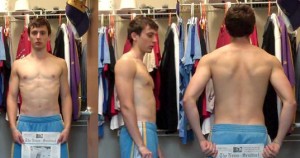
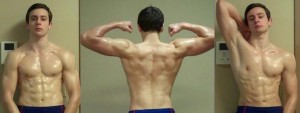
==================================================================================
4th Place: Thomas Power
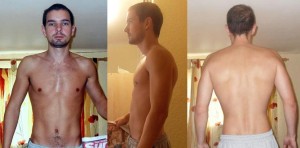
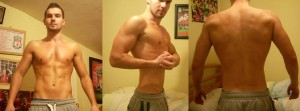
==================================================================================
6th Place: Richard Lane
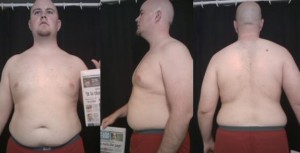
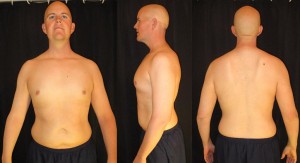
==================================================================
There were also many other great entries that didn’t place in the top 6 but could easily place in the open class early next year. We will put up another post with some of the other entries and profile their success as well.
Everyone did a great job, congratulations to all who entered and finished the contest, it’s truly a rare thing to go through any sort of contest and transformation like this.
We’ll be updating you between now and January with the specifics of the new contest including the open class and the transformation class.
There is no transcript of today’s podcast as we are simply discussing the results of this contest and how hard it was to pick winners.
John
p.s. Feel free to share this page with others that may need the inspiration. No one is alone in this.
Podcast: Play in new window | Download
